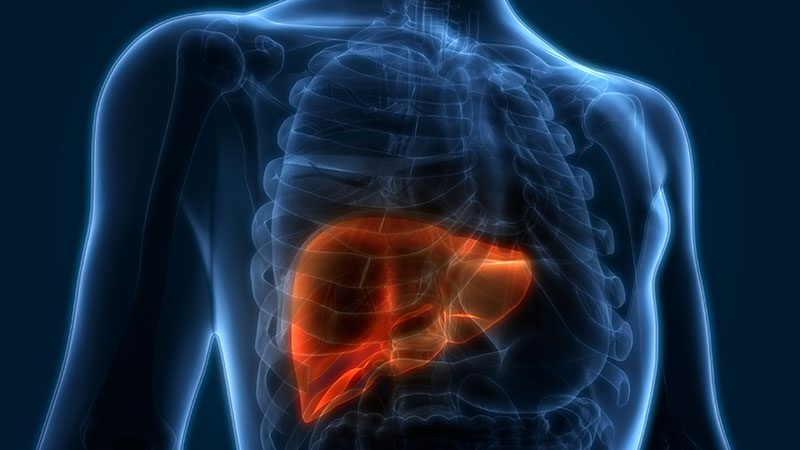 New clinical trial data from a Phase I liver cancer study were recently presented at the Society of Interventional Oncology 2020 Annual Scientific Meeting. Timothy Ziemlewicz, MD, Associate Professor at the University of Wisconsin School of Medicine and Public Health, shared positive results from using the HistoSonics robotically positioned histotripsy system to destroy affected tissue in patients with primary and metastatic liver cancer.
New clinical trial data from a Phase I liver cancer study were recently presented at the Society of Interventional Oncology 2020 Annual Scientific Meeting. Timothy Ziemlewicz, MD, Associate Professor at the University of Wisconsin School of Medicine and Public Health, shared positive results from using the HistoSonics robotically positioned histotripsy system to destroy affected tissue in patients with primary and metastatic liver cancer.
Histotripsy is a noninvasive and non-thermal method for ablating – or destroying – tissue that is guided on a robotic micropositioning platform.
The “THERESA” study is a first-in-human clinical trial that took place at three sites in Barcelona, Spain, under the direction of Joan Vidal-Jové, MD, PhD, Head of Focused Ultrasound Ablation Oncology at Barcelona University Hospital. Eight enrolled patients, ages 46 to 87 years, underwent general anesthesia prior to receiving histotripsy ablation to a total of 11 liver lesions, which ranged in size from 0.5 to 2.1 cm (average 1.3 cm). All patients suffered from primary or multifocal liver metastases with the following primary tumors: colorectal cancer (5 patients), gallbladder carcinoma (1 patients), hepatocellular carcinoma (1 patient), and breast cancer (1 patient).
An independent reviewer read MRI results to determine tumor size and ablation zone size at specified time points after treatment. The study’s primary endpoint was to successfully create a planned ablation volume relative to a predetermined 3D treatment plan with MRI confirmation after one day. Secondary imaging endpoints were coverage of the targeted tumor by the treatment volume, local tumor control, and involution of the ablation zone. Five patients (6 tumors) completed all 8 weeks of follow-up. Three patients withdrew before the end of the follow-up period to pursue alternative therapies.
Researchers noted volume contraction of the treatment zone averaged 36.0% at one week, 53.6% at one month, and 71.8% at two months.
Furthermore, the research team also sought to determine whether the treatment created off-target immune response (which can help treat remote metastatic lesions.) This response was found in two of the eight patients. In each of the two patients, a single tumor was treated with focused ultrasound and MRI imaging confirmed that non-target tumors were either stable or had decreased in diameter at eight weeks.
The clinical trial team made the following conclusions about the study:
- Hepatic histotripsy was effective at creating a planned ablation volume.
- The treatment was well-tolerated with no identified serious adverse events.
- Tumors were locally controlled in the short term.
- Further studies are warranted.
The results have been submitted to a journal for review and publication.
See the abstract here, under the “Scientific Abstracts: Liver Metastases and Pancreas” section.
